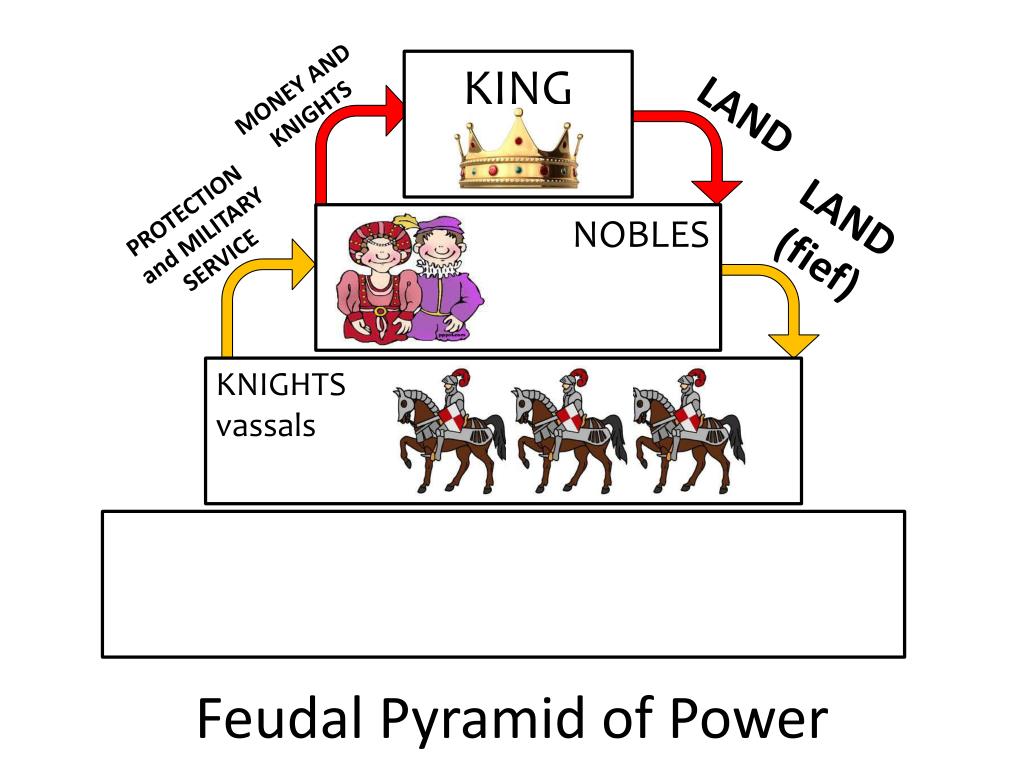
In exchange for the use of the fief and the protection of the lord, the vassal would provide some sort of service to the lord. A lord was in broad terms a noble who held land, a vassal was a person who was granted possession of the land by the lord, and a fief was what the land was known as. The classic version of feudalism describes a set of reciprocal legal and military obligations among the warrior nobility, revolving around the three key concepts of lords, vassals, and fiefs.

It can be broadly defined as a system for structuring society around relationships derived from the holding of land, known as a fiefdom or fief, in exchange for service or labour.
The 11th century in France saw what has been called by historians a “feudal revolution” or “mutation” and a “fragmentation of powers” that increased localized power and autonomy.įeudalism was a set of legal and military customs in medieval Europe that flourished between the 9th and 15th centuries. While modern writers such as Marx point out the negative qualities of feudalism, such as the exploitation and lack of social mobility for the peasants, the French historian Marc Bloch contends that peasants were part of the feudal relationship while the vassals performed military service in exchange for the fief, the peasants performed physical labour in return for protection, thereby gaining some benefit despite their limited freedom. This ceremony bound the lord and vassal in a contract. Before a lord could grant land to a tenant he would have to make him a vassal at a formal ceremony. In England, the feudal pyramid was made up of the king at the top with the nobles, knights, and vassals below him. Feudalism in England determined the structure of society around relationships derived from the holding and leasing of land, or fiefs. Feudalism flourished in Europe between the 9th and 15th centuries. Structure of the Feudal State in England. However, this book covers some historical figures that have religious, as well as secular significance, but remains historical rather than inspirational.\) Includes historic figures in full-color and black and white.įaith-Based: No. A companion reading list for each figure is included for parent/teacher read-aloud and independent readers. A detailed biography section provides essential information about the characters. These castles were unlike the images from fairy tales. The Lord and his family often lived in a castle, a fortified building constructed to be safe from enemy attack. This system of loyalties and protections is known as Feudalism, a term derived from the fiefs. Fill in each figure with hues as realistic or exotic as you wish.įamous Figures of the Middle Ages & Renaissance include figures of 21 key people from the period, including Justinian I, Theodora, Charlemagne, Leif Eriksson, William the Conqueror, Richard the Lionheart, Genghis Khan, Francis of Assisi, Marco Polo, Suleiman the Magnificent, Joan of Arc, Johannes Gutenberg, Christopher Columbus, Isabella I, Leonardo da Vinci, Michelangelo, Martin Luther, Henry VIII, Elizabeth I, William Shakespeare, and Galileo Galilei. The nobles constructed large estates on their fiefs called manors. If your student is an avid artist, she will be pleased to discover that a colorable version of each figure is also included on the same sturdy cardstock. Your Famous Figures of the Middle Ages & Renaissance characters are ready to take center stage as your child reenacts the period. Cut out the figures, punch holes where directed, and attach some standard fasteners. Easy-to-assemble colored characters are printed on wood-free heavy cardstock with perforated pages for trouble-free removal. 
The Famous Figures series is the perfect history supplement if you have a child who dreads reading but loves art and drama.Įach meticulous Famous Figures of the Middle Ages & Renaissance illustration is based on authentic mosaics, paintings, and sculptures. Thankfully, however, your home-schooled children have options. In government schools, history tends to be a read-only subject. Famous Figures of the Middle Ages & Renaissance






 0 kommentar(er)
0 kommentar(er)
